 My day was like every other day – that is, until I arrived home from work. To escape the heat of my house and enjoy what little of the day I could, I went out to my backyard. Yep, it felt good to be outdoors. The little bit of breeze felt good as it carried the refreshing scent of the spring flowers.
My day was like every other day – that is, until I arrived home from work. To escape the heat of my house and enjoy what little of the day I could, I went out to my backyard. Yep, it felt good to be outdoors. The little bit of breeze felt good as it carried the refreshing scent of the spring flowers.
I slowly became of an unfamiliar sound, a continual buzzing. I looked around and to my absolute amazement, I saw a huge, tear-drop bee swarm hanging off of the small branch of an elm sapling. I couldn’t believe my eyes. I had never seen anything like it. A flood of thoughts and emotions ran through me: Honey bees decided to stop in my yard; does life get any better? Oh, wait, maybe this not a good thing. They certainly couldn’t stay here, since my yard is nothing but a postage stamp. Too many people will not bode well for the longevity of the bees. No, they need to be out in the country … but how do I do this? I also knew, by some coincidence, that honey bees were on the decline due to some mite infestation. The only solution was to find a bee keeper – and quick.
This was a time when yellow pages were the only go-to for information. I was working against the clock since it was 4:50 p.m., and most businesses close by 5. I began by looking up “honey.” Nothing. Then I looked up bee keepers and found “bee removal.” Nope, definitely not that. Then I remembered a masonry store that I would occasionally drive by that said it sold honey. By luck, it was still open, and the staff provided me a couple of names that may be able to help out.
Again, luck was on my side. The second number I was given was answered by a retired bee keeper who was willing to come and rescue “my” bees.
I will never forget that experience. It was magical and incredible, and I felt so extraordinarily lucky to have been visited by the bees and then the retired bee keeper. It is days like these that make me stop and think, wow. I was amazed and exhilarated as I watched and listened and learned from this extremely humble, knowledgeable and soft-spoken man, whom I shall call Mr. Bee. (OK, yes, I did forget his name, but I didn’t forget the experience or the knowledge he passed on.)
 Mr. Bee told me that in the middle of this huge, tear-drop bee swarm was the queen bee. The worker bees are there to protect her while other worker bees were looking for possible places to set up a permanent hive. There were bees flying around, but most were huddled tightly together. I was giving wide girth to the bee hive, not just out of respect to the bees but also out of self-preservation.
Mr. Bee told me that in the middle of this huge, tear-drop bee swarm was the queen bee. The worker bees are there to protect her while other worker bees were looking for possible places to set up a permanent hive. There were bees flying around, but most were huddled tightly together. I was giving wide girth to the bee hive, not just out of respect to the bees but also out of self-preservation.
Mr. Bee told me the bees’ only concern was to protect the queen and that they would not sting. To prove the point, he went up to the bee swarm and put his hand at the bottom of the tear-drop and said, ‘See? Nothing.”
Of course, the perpetual kid inside me had to try this to see if it were true. I slowly extended my hand out and judiciously raised my palm to the bottom of the swarm, teeth clenched in anticipation of pending doom. The first thing I felt were light flutters tickling my palm. As I slowly brought my palm up, I could actually feel the weight of the swarm and more tickling. My clenched mouth released and turned into a smile as I blurted out: “I can’t believe this. You’re right. This is … wow, I can’t believe this.” (Oh, and if you are wondering if I would do this again without a bee keeper by my side, the answer would be “no.”)
Mr. Bee told me my yard was just a stop-off for the bees as they looked for a permanent home, which could be inside the eves of a home or somewhere out in an empty field. Of course, a hive in a home would mean almost certain destruction for the bees.
So now it was time to get them into the square container he had brought. It was a white wooden box that was about 1 foot in height from the ground. Mr. Bee took off the top of the wooden box and told me he would position the box right under the swarm and then shake the small limb. This shaking would cause the swarm to drop into the box.
I took a peek inside the box. I noticed it had slots that opened up to the outside and questioned why the bees wouldn’t all fly out of the box. He told me that the bees’ only concern was to protect the queen, which meant keeping her in the middle of the swarm.
He then told me to pay special attention to the bees on the slats after he closed the box. Mr. Bee explained that many bees would line up on the slats with their heads facing inside the box as they fanned their wings. The purpose of the fanning is to send out a pheromone which is a chemical to attract members of the colony of their location.
Finally, the moment of transferring the bees to the box came. Mr. Bee shook the branch just once and the swarm of bees fell like a drop of water into the box. Sure enough, the loose bees headed straight toward the box where the bees were fanning. Best of all, not one was injured during this episode, bee or human. Sure, there were bees still buzzing around, but by morning, most would be inside the box, according to Mr. Bee.
The next morning before I left to work, I went to my backyard and saw that most of the bees were inside the box with only a few outside of the box. Mr. Bee would be picking up the box of bees and relocating them to a safe area. I said goodbye and thanked the bees for such an unforgettable experience.
A couple weeks ago I was, once again, fortunate to meet another “bee whisperer.” Mr. Chip Vanoy was donating a bee hive to the Placerita Nature Center. The bee’s new home sits inside the center’s Nature room. The home is a glass encasement that has a built-in exit and entrance tunnel connecting to the outdoors. The encasement has glass on both sides of the framed hive so visitors can observe a bee colony at work. Chip even marked the queen bee with a blue-colored dot so visitors could see the difference between the queen and the rest of the bees.
This particular day was moving day: Chip was transferring the colony from the white box to the glass encasement. These bees were already an established colony; bees tended to their neatly organized honeycombs, which were situated on the standard bee frames.
Chip, dressed in jeans and a T-shirt, took off the top of the wooden box and transferred all three frames, which were covered in honeycomb and bees, into the glass encasement without incident. Again, the majority of the bees made it inside the new home. The ones flying around were looking for their queen. Chip had earlier placed a 3-inch piece of honeycomb at the bee’s new entrance. The pheromones from the honeycomb brought the bees to that location. Again, the bees started to fan the honeycomb to help disperse the pheromones. Within a few minutes you could see bees coming into the encasement from the outside. Within about 30 minutes, I observed bees walking up the encasement glass with the yellow globules of pollen stuck to their legs. I could only guess that they approved of their new home.
Chip, like Mr. Bee, provided us with a wealth of bee information. For instance, an average beehive is comprised of one queen bee and approximately 30,000 to 60,000 bees, depending on the season. The queen bee, whose life span is three to five years, is responsible for maintaining the colony numbers by laying eggs. The eggs, which turn into a larva, become bees within 21 days.
Here is an interesting fact: All larvae are fed royal jelly for the first three days. However, when a larva is continually fed royal jelly, it will become a queen bee, which goes back to the old saying – “you are what you eat.”
The males are called drones, and their only function is to fertilize the queen. Drones have a larger body than that of the worker bee and have no stinger. In late autumn, the drones will either die off or are ejected from the hive by the worker bees and do not reappear in the hive until late spring.
The worker bees are unfertile females, and they are the work force of the hive. There are a variety of tasks they are responsible for. Not only do they collect the pollen and honey; they are also the defenders of the queen and the hive. They maintain the queen bee, clean the hive, feed the larvae, produce wax to build or repair the honeycomb, and some are just are, interestingly enough, fanning bees – they maintain the heat of the hive. These are just a few of their jobs. (Now we can appreciate the meaning of the phrase, “busy as a bee.”) The worker bee’s normal life span is about 45 days. As Chip said, they will literally fly their wings off.
Bee honey and pollen is the food for entire hive. The honey is made from the nectar of the flower and provides carbohydrates, which is energy for the bee. The plant pollen provides the necessary vitamins, mineral and protein. The pollen and nectar are mixed together to feed the larvae.
Bees are instrumental in pollinating plants in nature. Without these pollinators, most plants would not be able to reproduce. Humans depend on these pollinators, as well. The United Nations Food and Agriculture Organization estimates that more than two-thirds of food grown is dependent on bees for pollination.
For example, without bees, an acre of almond trees will produce about 400 pounds of almonds. With bees, the yield is a mind-boggling 2,800 to 3,500 pounds per acre. As a result, almond growers can’t get crop insurance without renting bees, and California almond groves require 1.6 million hives for pollination.
Another example is alfalfa. This crop is essential for the production of beef and requires three to five hives per acre to pollenate the crop adequately. As Chip quipped, “No beef, no hamburgers, no McDonalds.”
The bad news is that there is still a decline of bees, not just in the United States but all over the world. In the U.S., it is estimated there are about 2.5 million colonies left, which is down from the 6 million colonies estimated in 1947. It is becoming a major concern among some government agencies, farmers and beekeepers, since pollination is required for successful crops.
This dramatic decline is due the reduced lifespan of the bee. The culprits are many. Parasites, most notably the varroa mites, bacterial disease (Nosema ceranae), genetics, nutrition, loss of habitat and pesticides have taken a huge toll on the health of a bee’s longevity. Pesticides weaken the bee by comprising its immune system – the bee’s natural ability to fight the parasites and disease. It is estimated by beekeepers and environmentalists that this billion-dollar industry spreads approximately 2 million pounds of pesticides across the country annually. Pesticides not only contaminate the plant surfaces (and honey) but are also carried by the wind far beyond the intended fields. When farmers spray their fields with pesticides, the pollenating bees are directly affected. Some counties are working with both farmers and beekeepers to ensure there is ample amount of time to move the bee hives before the spraying begins. In my opinion, this type of cooperation should become a public policy; it is a win-win situation, since bees’ lives may be extended, benefiting both farmers and beekeepers.
Loss of habitat means loss of open, natural areas that once, abundant of wild plants (aka weeds) and free from pesticides (for the most part), provide valuable nutrition to the bees. Wild plants add diversity and nutrition to the bees’ diet.
Fortunately, some agencies are slowly working with the bee community to overcome some of these difficulties. For instance, the Owens Valley DWP is allowing beekeepers access to their undeveloped land, giving the bees untainted wildflowers to forage and flourish. (It should be noted that even honey from open fields have some degree of pesticides.) What is needed is more cooperation among federal and state agencies and large land management such as BLM, Nature Conservancy and even homeowner associations. Chip pointed out that we need more clean source areas free of pesticides, herbicides and fungicides for the health and sustainment of the bees.
So, what can we do to help? Most importantly, recognize that bees are not dangerous but are beneficial. They are essential in nature and are necessary for food production for everyone from insect to human. Be an advocate for the bees and for beekeeper to have access to open spaces. Consider alternatives in lieu of pesticides, herbicides and fungicides. Incorporate plants that are indigenous to the area you live in.
I would be remiss if I did not add an important footnote I learned, not just from Chip, but also confirmed in many articles. I encourage you to check it out for yourself. If you are a honey consumer, you should be aware of two kinds of honey: raw and not raw. Raw honey can be obtained from your local beekeeper. Raw honey is either completely raw and unfiltered or raw and filtered to reduce particulate matter to include some of the pollen. The second is a product the FDA calls “ultra-filtered honey,” honey that has been heated, processed and heavily filtered and lacks pollen. According to FDA, any product that has been ultra-filtered and no longer contains pollen isn’t honey. Generally, the reason for this process is to hide the origin of the honey, since honey from some overseas countries has been banned due to the contaminants of illegal antibiotics, heavy metals and other chemicals. Food Safety News determined through testing that three-quarters of honey sold in grocery stores and department stores is ultra-filtered.
Gini Lomerson is a docent at the Placerita Canyon Nature Center.
Like this:
Like Loading...
Related

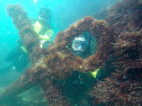





 Tweet This
Tweet This Facebook
Facebook Digg This
Digg This Bookmark
Bookmark Stumble
Stumble RSS
RSS

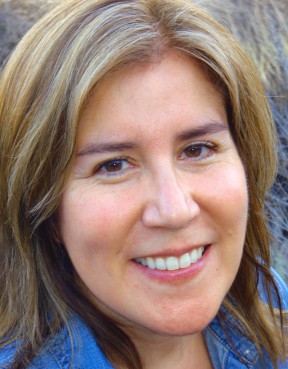
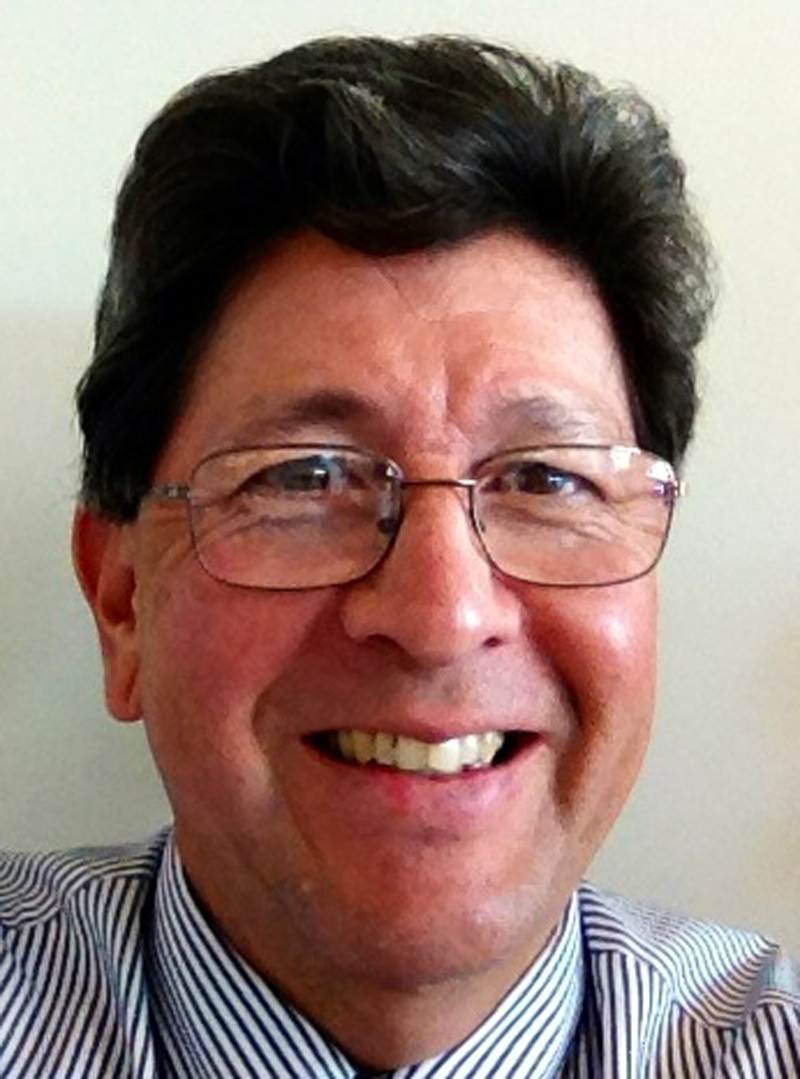
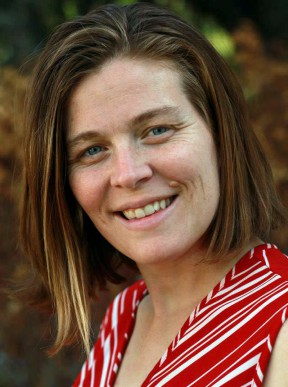
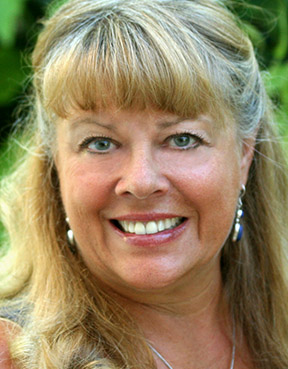

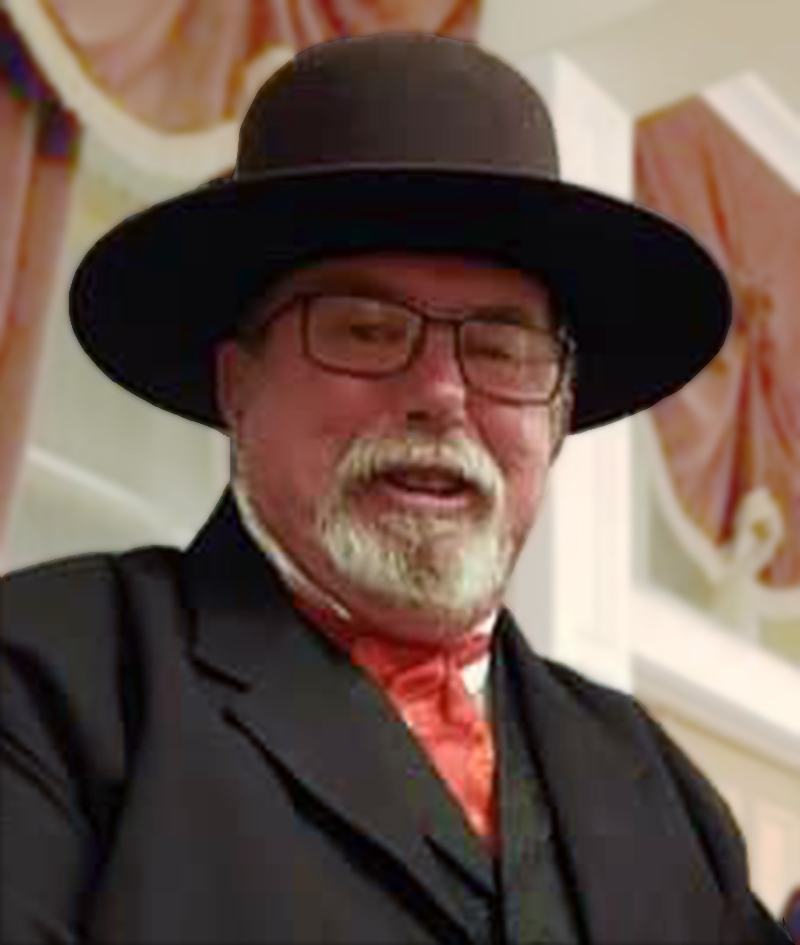


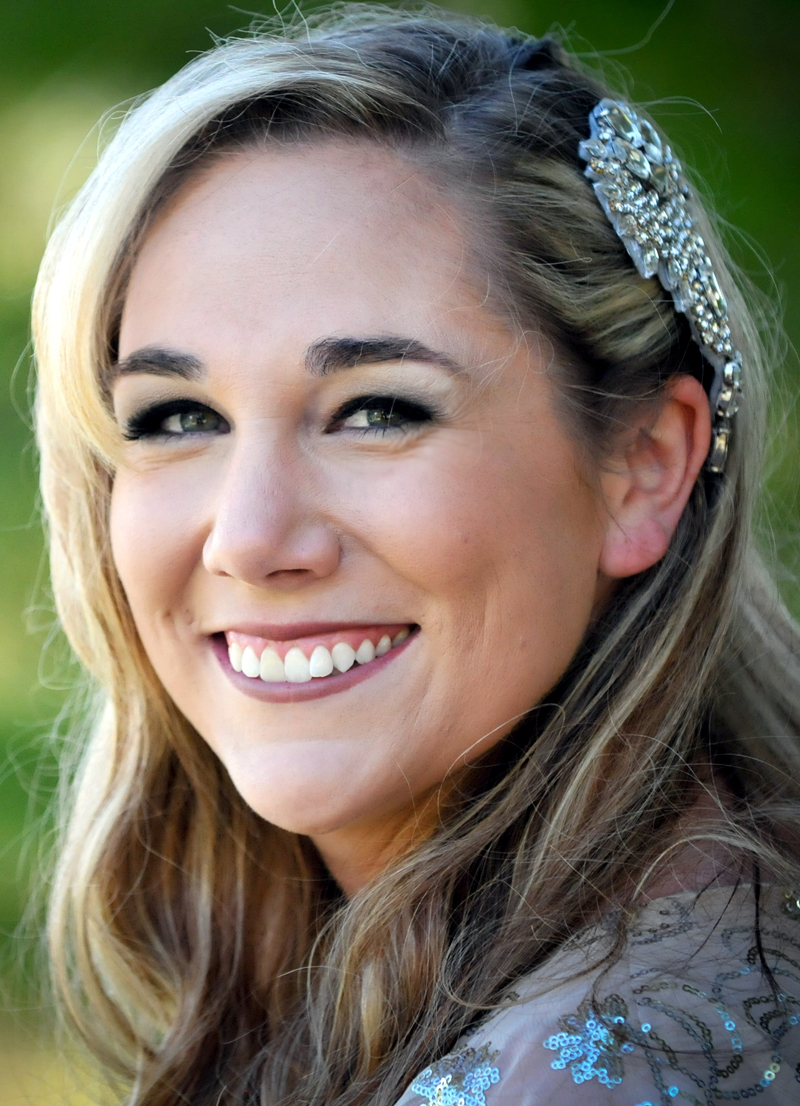











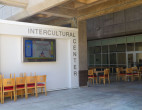

















REAL NAMES ONLY: All posters must use their real individual or business name. This applies equally to Twitter account holders who use a nickname.
6 Comments
Great read! Very cool experience!! Wonderful outcome! Thanks from a bee fan!
Awesome article! Another bee fan!
Terrific article, very informative. We have a variety of fruit and nut trees on our property, and are so grateful to the bees for all the hard work they do. Their effort provides us with fruit and nuts for many months.
Thank you for your work and research in producing this article.
Great article!
I think this is the best article I have read in this news media venue. Thanks!
For those of us who know you, we are blessed and lucky. Awesome article. Awesome lady.
Please write some more. Please.